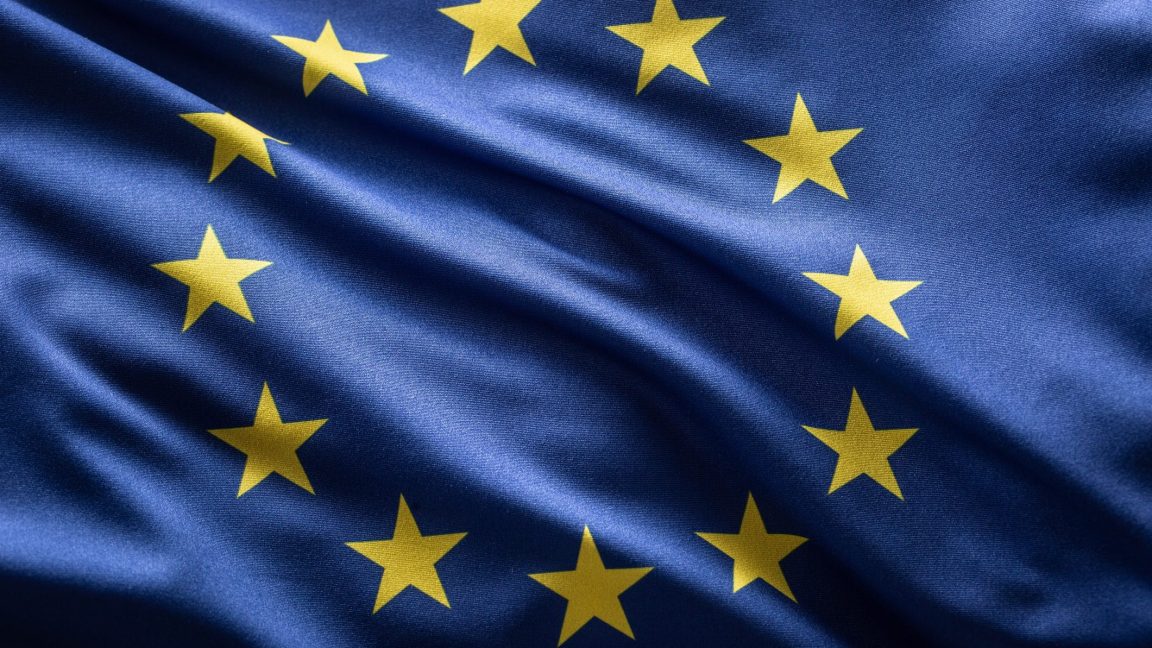Geolocation API: Real-world Usage
JavaScript's Geolocation API enables websites and apps to access the user's geographical location. It is widely used in applications like mapping services, location-based search, and personalized experiences. How the Geolocation API Works The API retrieves the user's location via GPS, IP address, Wi-Fi networks, or cell towers, depending on the device and browser capabilities. Simple Usage if (navigator.geolocation) { navigator.geolocation.getCurrentPosition(showPosition, handleError); } else { console.error("Geolocation not supported by this browser."); } function showPosition(position) { console.log(`Latitude: ${position.coords.latitude}, Longitude: ${position.coords.longitude}`); } function handleError(error) { console.error(`Error (${error.code}): ${error.message}`); } Continuous Location Updates For apps needing real-time updates (e.g., navigation): const watchId = navigator.geolocation.watchPosition( position => { console.log(position.coords); }, handleError, { enableHighAccuracy: true, maximumAge: 0 } ); // To stop updates navigator.geolocation.clearWatch(watchId); Accuracy Options enableHighAccuracy: Requests the best possible accuracy (uses GPS if available). maximumAge: How long a cached position can be used (in milliseconds). timeout: Maximum time (milliseconds) to wait for a position. Real-World Use Cases 1. Localized Search Results Display search results based on proximity: navigator.geolocation.getCurrentPosition(position => { fetch(`/search?lat=${position.coords.latitude}&lng=${position.coords.longitude}`) .then(response => response.json()) .then(data => console.log(data)); }); 2. Mapping & Navigation Integrate user locations with mapping services like Google Maps or Leaflet: navigator.geolocation.getCurrentPosition(position => { const { latitude, longitude } = position.coords; initMap(latitude, longitude); }); 3. Geo-tagging Content Automatically tag user-generated content with location metadata. Handling Privacy and Permissions Always ask for consent before accessing location data: Clearly inform users why their location is needed. Allow easy opt-out and clearly communicate privacy practices. navigator.permissions.query({ name: 'geolocation' }).then(permissionStatus => { console.log('geolocation permission state:', permissionStatus.state); }); Security and Privacy Considerations Location data is sensitive; handle it securely. Clearly communicate what you do with collected location data. Ensure compliance with local laws (e.g., GDPR in Europe). Best Practices Minimize battery drain: Only enable high accuracy when essential. Handle errors gracefully, providing fallbacks when location can't be retrieved. Respect privacy by requesting location data responsibly. Cache location data to reduce unnecessary API calls and enhance performance. Limitations and Considerations Accuracy varies greatly by device and environment. Privacy settings and browser compatibility can restrict API availability. Indoor locations may provide inaccurate results. Performance may degrade with continuous high-accuracy requests. Browser Compatibility Most modern browsers support the Geolocation API fully. Always test across multiple browsers and devices to ensure consistent behavior. Conclusion JavaScript's Geolocation API provides powerful capabilities for creating interactive, personalized user experiences. Understanding its proper usage, privacy, and security implications ensures effective and responsible integration into your projects. Have you implemented location-aware features using the Geolocation API? Share your experiences below!

JavaScript's Geolocation API enables websites and apps to access the user's geographical location. It is widely used in applications like mapping services, location-based search, and personalized experiences.
How the Geolocation API Works
The API retrieves the user's location via GPS, IP address, Wi-Fi networks, or cell towers, depending on the device and browser capabilities.
Simple Usage
if (navigator.geolocation) {
navigator.geolocation.getCurrentPosition(showPosition, handleError);
} else {
console.error("Geolocation not supported by this browser.");
}
function showPosition(position) {
console.log(`Latitude: ${position.coords.latitude}, Longitude: ${position.coords.longitude}`);
}
function handleError(error) {
console.error(`Error (${error.code}): ${error.message}`);
}
Continuous Location Updates
For apps needing real-time updates (e.g., navigation):
const watchId = navigator.geolocation.watchPosition(
position => {
console.log(position.coords);
},
handleError,
{ enableHighAccuracy: true, maximumAge: 0 }
);
// To stop updates
navigator.geolocation.clearWatch(watchId);
Accuracy Options
-
enableHighAccuracy: Requests the best possible accuracy (uses GPS if available). -
maximumAge: How long a cached position can be used (in milliseconds). -
timeout: Maximum time (milliseconds) to wait for a position.
Real-World Use Cases
1. Localized Search Results
Display search results based on proximity:
navigator.geolocation.getCurrentPosition(position => {
fetch(`/search?lat=${position.coords.latitude}&lng=${position.coords.longitude}`)
.then(response => response.json())
.then(data => console.log(data));
});
2. Mapping & Navigation
Integrate user locations with mapping services like Google Maps or Leaflet:
navigator.geolocation.getCurrentPosition(position => {
const { latitude, longitude } = position.coords;
initMap(latitude, longitude);
});
3. Geo-tagging Content
Automatically tag user-generated content with location metadata.
Handling Privacy and Permissions
Always ask for consent before accessing location data:
- Clearly inform users why their location is needed.
- Allow easy opt-out and clearly communicate privacy practices.
navigator.permissions.query({ name: 'geolocation' }).then(permissionStatus => {
console.log('geolocation permission state:', permissionStatus.state);
});
Security and Privacy Considerations
- Location data is sensitive; handle it securely.
- Clearly communicate what you do with collected location data.
- Ensure compliance with local laws (e.g., GDPR in Europe).
Best Practices
- Minimize battery drain: Only enable high accuracy when essential.
- Handle errors gracefully, providing fallbacks when location can't be retrieved.
- Respect privacy by requesting location data responsibly.
- Cache location data to reduce unnecessary API calls and enhance performance.
Limitations and Considerations
- Accuracy varies greatly by device and environment.
- Privacy settings and browser compatibility can restrict API availability.
- Indoor locations may provide inaccurate results.
- Performance may degrade with continuous high-accuracy requests.
Browser Compatibility
- Most modern browsers support the Geolocation API fully.
- Always test across multiple browsers and devices to ensure consistent behavior.
Conclusion
JavaScript's Geolocation API provides powerful capabilities for creating interactive, personalized user experiences. Understanding its proper usage, privacy, and security implications ensures effective and responsible integration into your projects.
Have you implemented location-aware features using the Geolocation API? Share your experiences below!
















![Life in Startup Pivot Hell with Ex-Microsoft Lonewolf Engineer Sam Crombie [Podcast #171]](https://cdn.hashnode.com/res/hashnode/image/upload/v1746753508177/0cd57f66-fdb0-4972-b285-1443a7db39fc.png?#)




























































